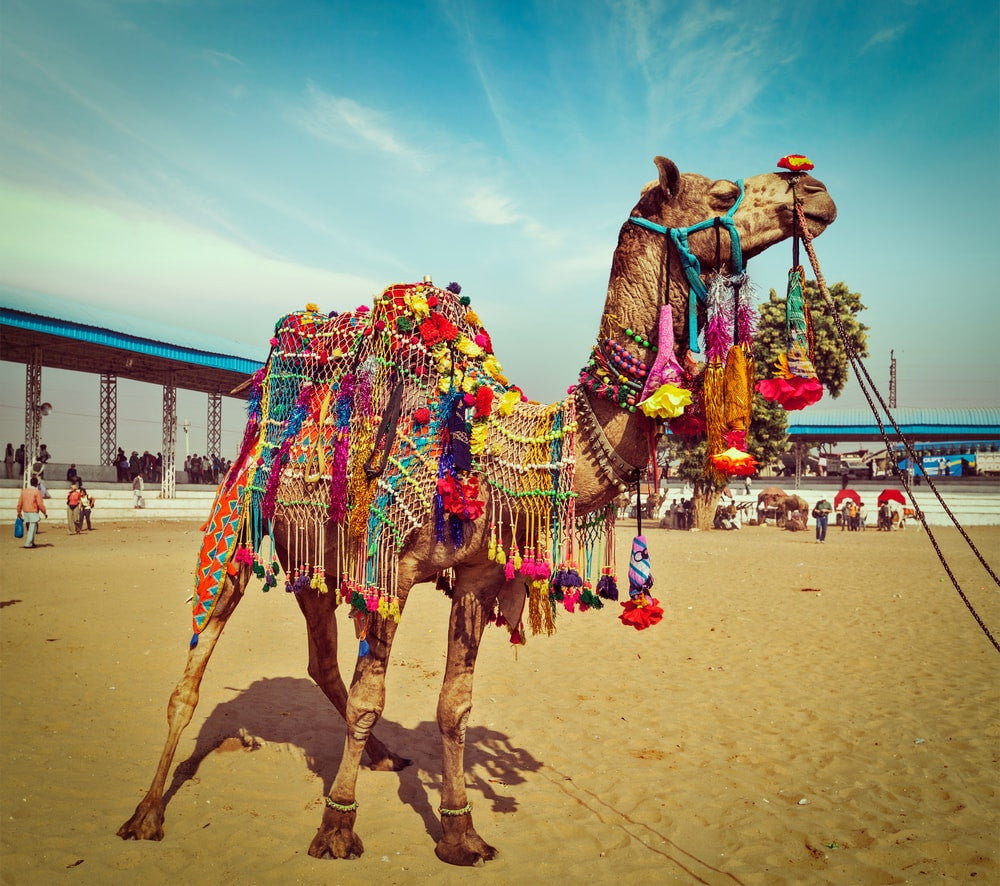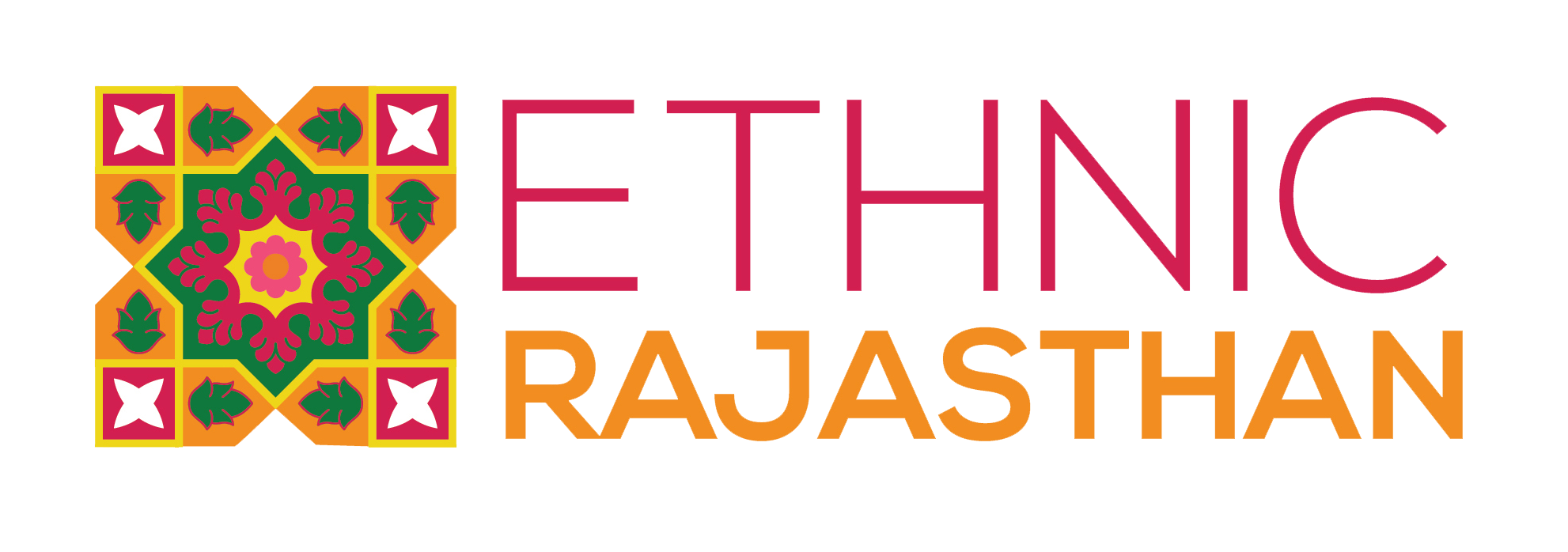People came for the Camels but stayed for the “Holy Dip” such is the dual nature of the Pushkar Camel fair.
Often described as a feast for the eyes, Pushkar fair is among India’s famous religious festivals and livestock fairs. Featured in numerous travel shows, films and magazines the Pushkar fair offers a once in a lifetime magical experience for travelers – looking for out of the world experience.

It’s an annual event that is a business fair and cultural extravaganza in equal measures. It is taking place in the small town of Rajasthan (India) Pushkar, 15 kms from Ajmer from 8th Nov, 2016 – 14th Nov, 2016. It is a weeklong celebration, concluding on the full moon day. This sleepy little town curved along the holy Pushkar lake lies at the edge of the vast Thar Desert. During the Mela, one can expect to see over thousands of dressed up and decorated camels racing, dancing and being traded. Hundreds of thousands of nomads and cattle arrive in the town for furious trading and partying before giving way to a splashy religious celebration at Pushkar’s holy lake. According to legends, Lord Brahma, believed to be the creator of the universe dropped a lotus to the ground leading to the immediate creation of a lake. He then decided to name the place after the flower, and thus the name, Pushkar. The city of Pushkar is home to the only temple dedicated to Lord Brahma in the whole world. Hindus consider a journey to pushkar to be the ultimate pilgrimage that must be undertaken to attain salvation.

Fair originally started to attract local cattle traders to do business has now also turned into one of India’s most famous tourist attraction.
If you want to see riveting color, resounding folk music, reverberating dance and laughter and the various sights, sounds and smells of Rajasthan, this is the perfect time for your resplendent Rajasthan trip. Did we mention it is the world’s largest camel and cattle fair?
For the nomadic tribes of Rajasthan Desert, camels are crucial. A healthy one can transport goods, supplies and people across great distances under harsh condition, able to go long hours without water. They give milk, meat and clothes to their owners. Even their excrement is of great use as fuel for cooking in a region where wood is hard to find.
In addition to camel and cattle trading, there are races, camel polo matches, folk performances, puppet shows, best breed contest, bridal competition, moustache competition, acrobatics, body tattooing, turban tying contest, hot air balloon ride, horse dance competition, exquisite handicrafts for the shopaholics or seeing how many people can balance on a camel etc. A trip to the fair is not complete without sampling the classic Rajasthani cuisine on a Dhaba.
The most mesmerizing feature of this carnival is probably the eclectic mix of people that come from different walks of life like Pilgrims, god men, foreign tourists, local traders and tribes, folk musicians, dancers, astrologers, snake charmers, photographers, hippies, artists etc.











Leave a comment
This site is protected by hCaptcha and the hCaptcha Privacy Policy and Terms of Service apply.